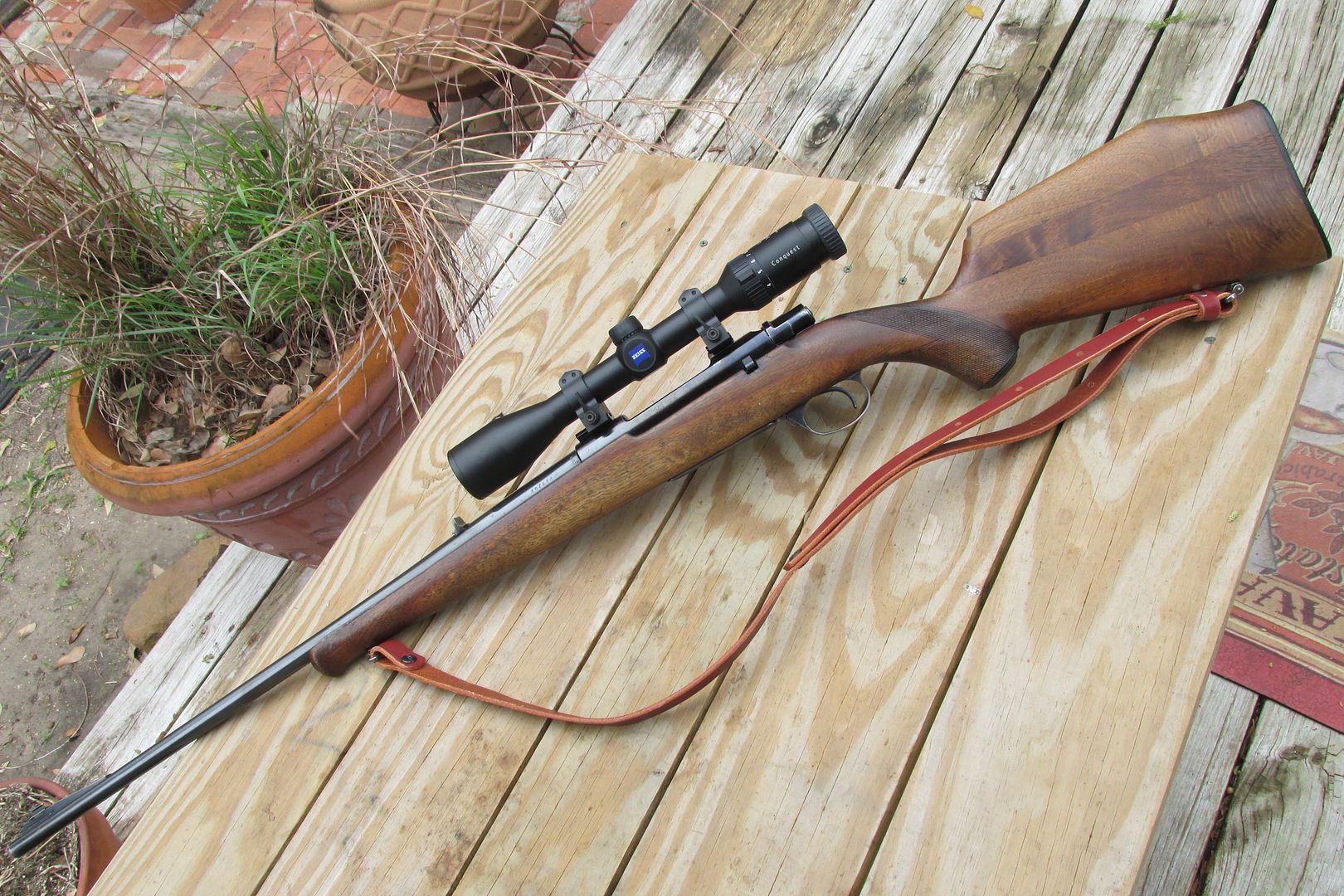From Jack O’Conner’s The Big Game Rife 1952:
Swedish Husqvarna Rifles
Since the end of World War II a fair number of Swedish Husqvarna rifles built in Sweden around F.N. Mauser actions have been imported into the U.S. and Canada in .30/06, .270, and.220 Swift calibers. They are sound, but by no means fancy, rifles with light barrels. Those that I have seen had beechwood stocks. Finish, stock and metalwork have not been on par with those of the F.N. Mausers in those that I have seen. There is nothing much that can be said against the Husqvarna rifles and nothing much that can be said for them. They are just mass-producted and undistinguished factory rifles.
Pretty harsh. He does have good things to say about F.N. Mausers and of course the Winchester Model 70 is the best factory rifle in the world!
Swedish Husqvarna Rifles
Since the end of World War II a fair number of Swedish Husqvarna rifles built in Sweden around F.N. Mauser actions have been imported into the U.S. and Canada in .30/06, .270, and.220 Swift calibers. They are sound, but by no means fancy, rifles with light barrels. Those that I have seen had beechwood stocks. Finish, stock and metalwork have not been on par with those of the F.N. Mausers in those that I have seen. There is nothing much that can be said against the Husqvarna rifles and nothing much that can be said for them. They are just mass-producted and undistinguished factory rifles.
Pretty harsh. He does have good things to say about F.N. Mausers and of course the Winchester Model 70 is the best factory rifle in the world!








